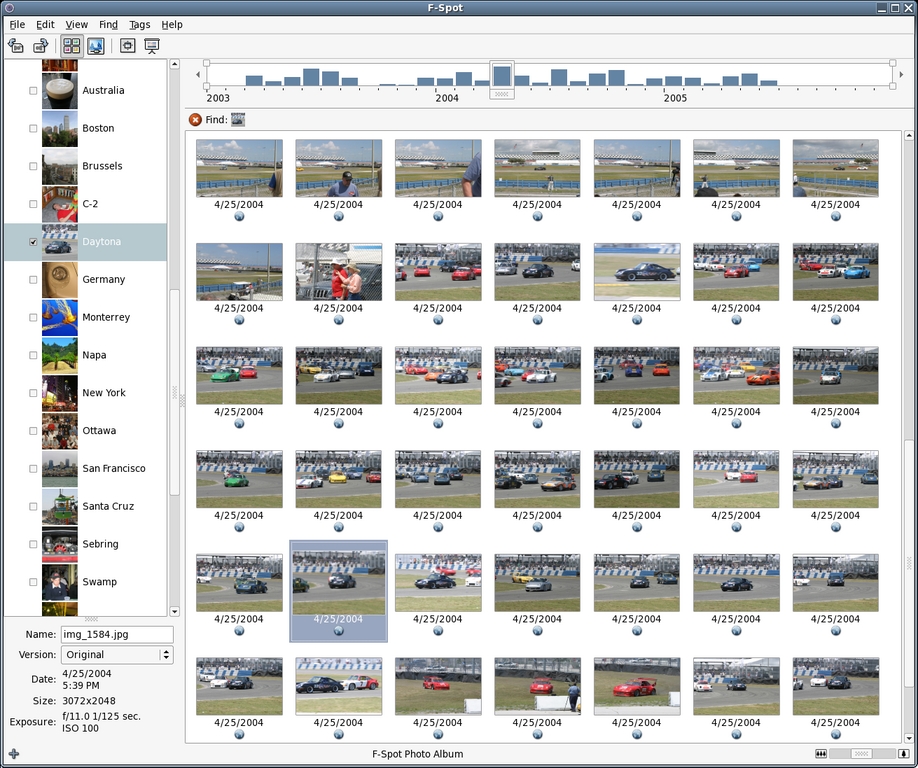

An updated and improved version of this map, using the full set of data acquired during the MGS mission, appears in Fig. This is the rationale for a supply side argument: maintenance of a dense atmosphere via the active geologic processes associated with mantle convection, subduction, and volcanism.Īfter more than 2 full Mars years of mapping operations, MGS produced an unprecedented global map of magnetic fields due to remanent magnetism in the crust (Connerney et al. On Earth, we associate plate tectonics with active geological processes: crustal subduction, mantle convection, active volcanism, and consequently venting of gases from the interior. Following this line of thought, the demise of the dynamo may be associated with cessation of plate tectonics. The thermal gradient persists as long as an efficient cooling mechanism (e.g., mantle convection, and plate tectonics) is maintained. A planetary dynamo is driven by vigorous convective motions in the core, resulting from a temperature gradient across the core-mantle boundary. The supply side argument follows from interpretation of the crustal magnetic imprint within the framework of plate tectonics. There is also a supply side argument to be made on behalf of the Mars dynamo, if only indirectly. Did the Mars dynamo prevent loss of atmosphere to space?

In the dynamo era, Mars may have retained a warm and dense atmosphere, only to lose it subsequent to decay of the global field. With knowledge that Mars had a substantial global magnetic field billions of years ago, it is quite natural to consider whether the Mars atmosphere may have been sheltered from the solar wind for a geologically significant period. 2004), persisting as long as the core heat flow remains above a critical threshold for thermal convection (Nimmo and Stevenson 2000). Alternatively, an early dynamo can be driven by thermal convection, with or without plate tectonics, for the first 0.5–1 Gyr (Breuer and Spohn 2003 Schubert and Spohn 1990 Stevenson et al. 1992), the preferred energy source for the Earth’s dynamo. It appears that dynamo generation of the global magnetic field was extinguished before formation of Hellas and Utopia basins approximately 4.0–4.1 Ga.Įarly onset and cessation of the dynamo is difficult to reconcile with the notion of a dynamo driven by solidification of an inner core (Schubert et al. 2008a, 2008b, 2013), leading to more precise estimates of the dynamo’s demise. This view has been supported by more complete analyses of the large impact basins (Lillis et al. Mars has a thin and dusty atmosphere comprised primarily of carbon dioxide (96 %), argon ( \(\)) that left large unmagnetized basins in the crust. The Mars Atmosphere and Volatile EvolutioN (MAVEN) mission seeks to understand the history of climate change on Mars by studying the present state of the Mars upper atmosphere and ionosphere, and the processes governing atmospheric loss to space (Jakosky et al.

A spacecraft magnetic control program was implemented to provide a magnetically clean environment for the magnetic sensors and the MAVEN mission plan provides for occasional spacecraft maneuvers-multiple rotations about the spacecraft \(x\) and \(z\) axes-to characterize spacecraft fields and/or instrument offsets in flight. The MAVEN magnetic field experiment may be reconfigured in flight to meet unanticipated needs and is fully hardware redundant. The magnetic field data volume may be reduced by averaging and decimation, when necessary to meet telemetry allocations, and application of data compression, utilizing a lossless 8-bit differencing scheme. Telemetry is transferred from each magnetometer to the particles and fields package once per second and subsequently passed to the spacecraft after some reformatting. Both magnetometers sample the ambient magnetic field at an intrinsic sample rate of 32 vector samples per second. Each magnetometer measures the ambient vector magnetic field over a wide dynamic range (to 65,536 nT per axis) with a resolution of 0.008 nT in the most sensitive dynamic range and an accuracy of better than 0.05 %. The sensors are controlled by independent and functionally identical electronics assemblies that are integrated within the particles and fields subsystem and draw their power from redundant power supplies within that system. The magnetic field instrumentation consists of two independent tri-axial fluxgate magnetometer sensors, remotely mounted at the outer extremity of the two solar arrays on small extensions (“boomlets”). The MAVEN magnetic field investigation is part of a comprehensive particles and fields subsystem that will measure the magnetic and electric fields and plasma environment of Mars and its interaction with the solar wind.


 0 kommentar(er)
0 kommentar(er)
